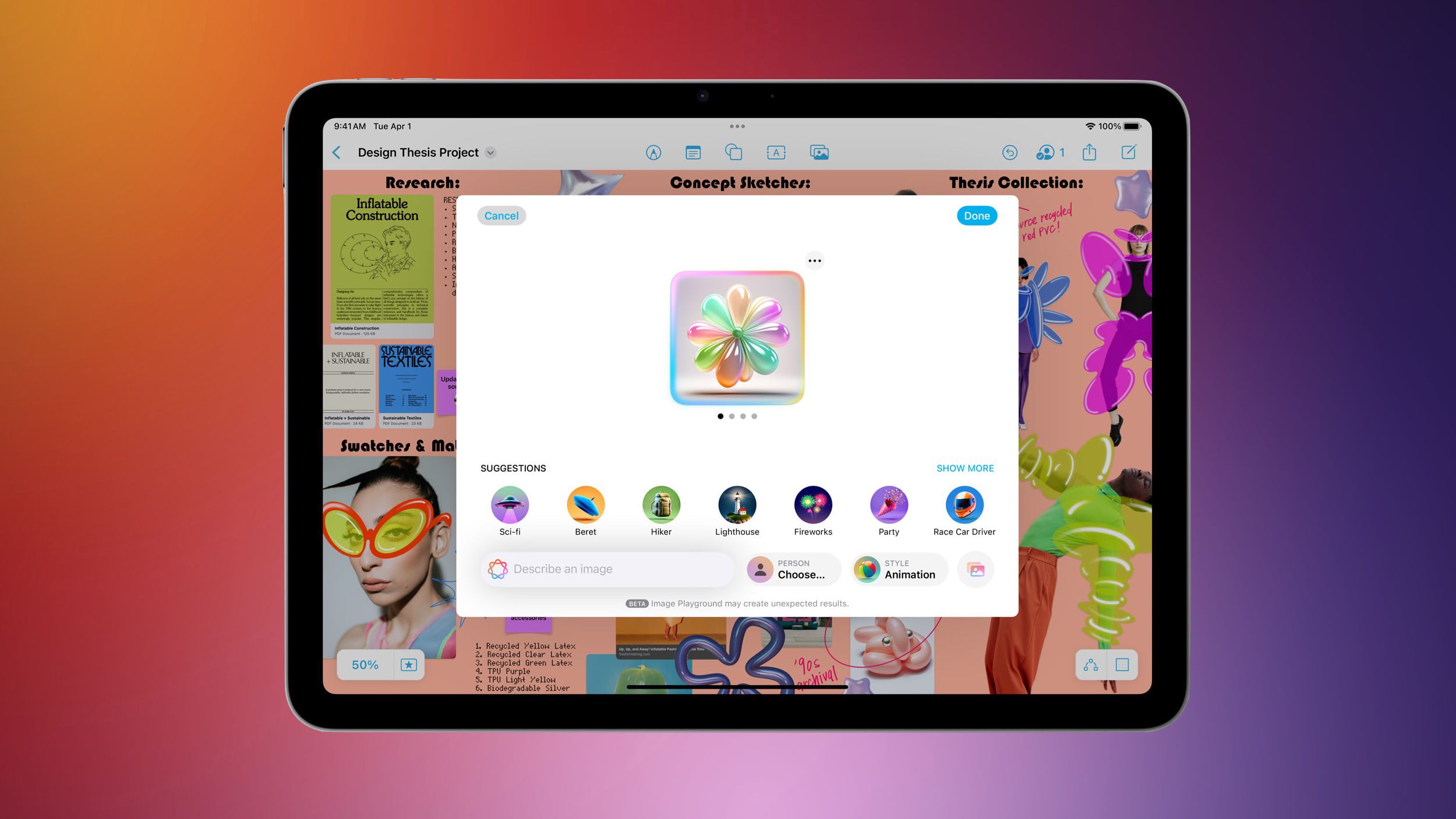Fudan University Researchers Unveil Groundbreaking Picosecond-Level Flash Memory Device

In a significant advancement for memory technology, a team of researchers at Fudan University in Shanghai, China, has announced the development of a revolutionary picosecond-level Flash memory device, aptly named PoX. This innovative device boasts an astonishing access time of just 400 picoseconds, a performance metric that far surpasses the conventional millisecond access times found in current NAND Flash memory technologies. Remarkably, this new device's speed is more comparable to that of Dynamic Random-Access Memory (DRAM), while still retaining the critical feature of non-volatility.
The details of this formidable technological achievement were published in a paper in the prestigious journal Nature. In the study led by researcher Yutong Xing and their team, they elaborate on the unique structure of the PoX memory device, which utilizes a two-dimensional Dirac graphene-channel Flash memory framework. This novel architecture employs hot carrier injection for both electron and hole injection, facilitating efficient writing and erasing processes.
Dirac graphene is renowned for its peculiar electron transport characteristics, which are notably distinct from those of traditional silicon materials. The research team demonstrated that the device could achieve a remarkable write speed of 400 picoseconds, in addition to offering non-volatile storage capabilities and an impressive endurance rate of 5.5 106 write cycles at a programming voltage of just 5 volts. It is precisely these exceptional properties of Dirac materials, such as graphene, that enable such rapid write speeds that would be unachievable with standard silicon-based transistor devices.
Despite this promising breakthrough, several questions remain regarding the practical application of this emerging technology. Key areas of uncertainty include how effectively this technology can scale to meet commercial demands, its overall power consumption, durability over extended use, and manufacturability in a production setting. As the tech industry continues to push the boundaries of memory technology, the PoX device represents a significant milestone that could pave the way for future advancements in computing and data storage.




























